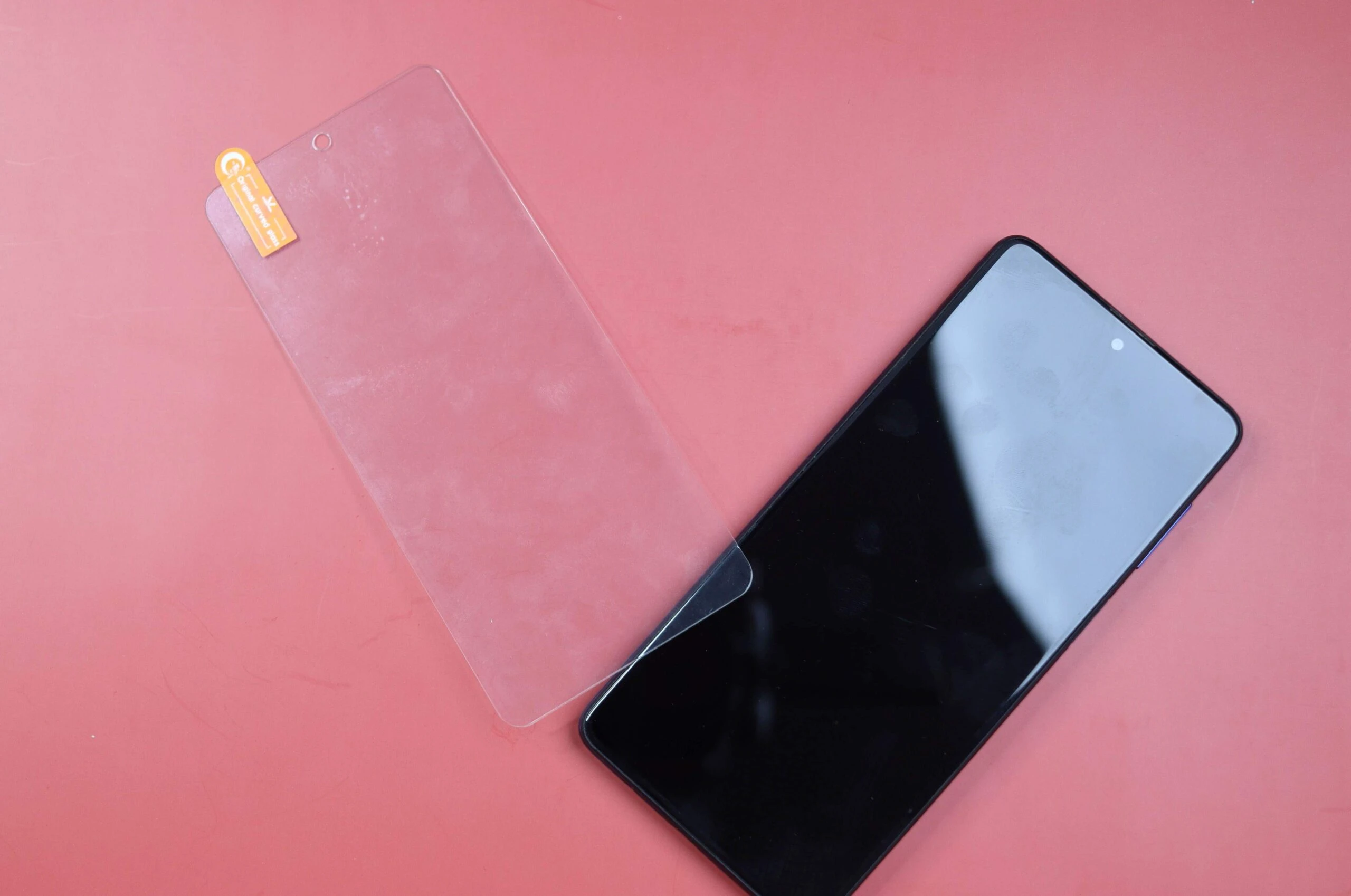Affiliate links on Tech Countless may earn us a commission. Learn more
Everything About Tempered Glass That You Should Know

Tempered glass is probably one of the most important accessories for your smartphone, yet most of us don’t take many things into consideration before buying one. And even though almost everyone uses it, not many of us really know the backstory behind it. So, in this post, we will be talking about the same and there will be so much for you to learn. So, let’s get started.
What Is Tempered Glass?
Tempered glass is a type of safety glass that has been heat-treated to increase its strength and shatter resistance In smartphones, tempered glass is used as a protective cover for the device’s screen. The tempered glass protects the screen from scratches, cracks, and other types of damage, while also providing a smooth and responsive surface for touch input. Tempered glass is a popular choice for smartphone screens because it is durable, easy to produce, and provides good optical clarity.

How Tempered Glass Made?
Tempered glass is made through a thermal tempering process, which involves heating the glass to a high temperature and then rapidly cooling it. This process increases the surface compression and makes the glass about four to five times stronger than ordinary, annealed glass. The rapid cooling also creates a state of residual stress in the glass, making it resistant to shattering.
Here’s a general outline of the tempered glass manufacturing process:
- Glass cutting: The first step is to cut the glass to the desired size and shape.
- Glass cleaning: The glass is thoroughly cleaned to remove any contaminants that could interfere with the tempering process.
- Heating: The glass is then heated to a high temperature, typically around 700-725°C, to soften it.
- Shaping: The glass is formed into the desired shape by bending or pressing it.
- Quenching: The glass is rapidly cooled, usually with a blast of air or water. This is the key step that creates the residual stress in the glass and makes it shatter-resistant.
- Inspection: Finally, the tempered glass is inspected for defects and then packaged for shipping or further processing.
Also Read: Dragontrail Glass Vs Gorilla Glass
Pros And Cons Of Tempered Glass
Pros of tempered glass:
- Safety: Tempered glass is much safer than regular glass because it shatters into small, rounded pieces rather than sharp shards, reducing the risk of injury.
- Strength: It is about four to five times stronger than annealed glass, making it resistant to impacts, stress, and temperature changes.
- Durability: It is highly resistant to scratches, cracks, and other types of damage, making it an ideal choice for applications where the glass will be exposed to heavy use or wear and tear.
- Easy to produce: It can be produced in large quantities using a relatively simple manufacturing process, making it a cost-effective option for many applications.
Cons of tempered glass:
- Cannot be cut or drilled: Tempered glass cannot be cut or drilled after it has been tempered, so it must be cut to size before the tempering process.
- Cost: It is generally more expensive than regular glass, due to the additional processing involved in the tempering process.
- Optical distortion: In some cases, tempered glass can produce optical distortions or reflections that can affect visibility, making it a less desirable option for certain applications.
Applications Of Tempered Glass
Tempered glass has a variety of applications, including:
- Automotive: Windshields, side windows, sunroofs, and rear windows.
- Architecture: Entrances, doors, shower stalls, partition walls, and skylights.
- Electronics: Smartphone screens, tablet screens, and television screens.
- Furniture: Tabletops, shelves, and cabinets.
- Appliances: Oven doors, microwave doors, and refrigerator shelves.
- Sports: Basketball backboards and diving boards.
- Safety: Guardrails, stair treads, and safety barriers.
Why To Use Tempered Glass On Digital Displays
The high strength and safety features of tempered glass make it a popular choice for various applications.
Tempered glass is used on digital displays for several reasons, including:
- Strength and Durability: Tempered glass is four to five times stronger than regular glass and is less likely to break or shatter when subjected to impacts or stress.
- Safety: If tempered glass breaks, it shatters into small, rounded pieces that are less likely to cause injury compared to sharp shards from regular glass.
- Scratch Resistance: It has a hard surface that is resistant to scratches, making it ideal for touch screens and other digital displays that are subject to repeated touches and contacts.
- Improved Display Quality: The smooth surface of tempered glass can help to improve the visual clarity and color accuracy of a display.
- Easy to Clean: It is easy to clean and less likely to harbor bacteria, making it ideal for applications where hygiene is important, such as medical displays or food preparation surfaces.
- Heat Resistance: It can withstand high temperatures, making it suitable for use in electronic devices that generate heat.
These benefits make tempered glass a popular choice for use in digital displays and other high-tech applications.
Conclusion
If you don’t want to scratch your smartphone’s screen from daily use, you should get a tempered glass.

